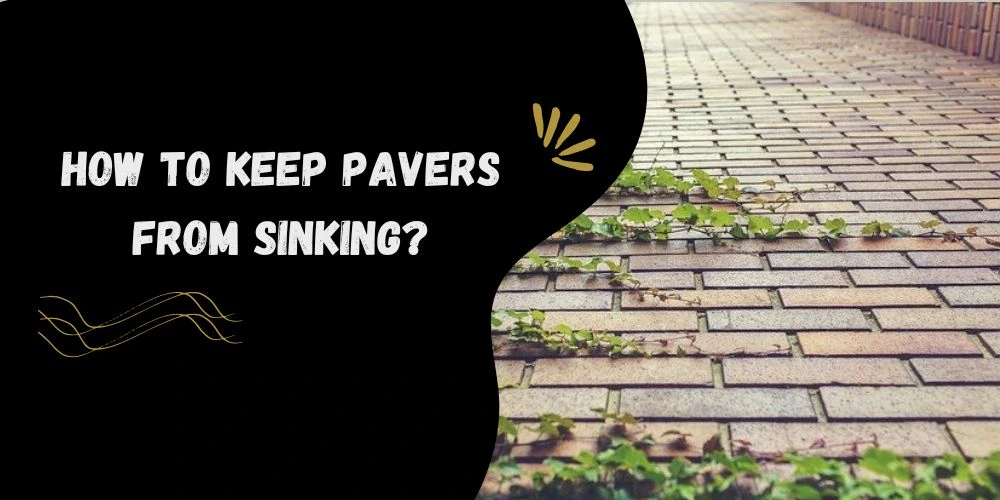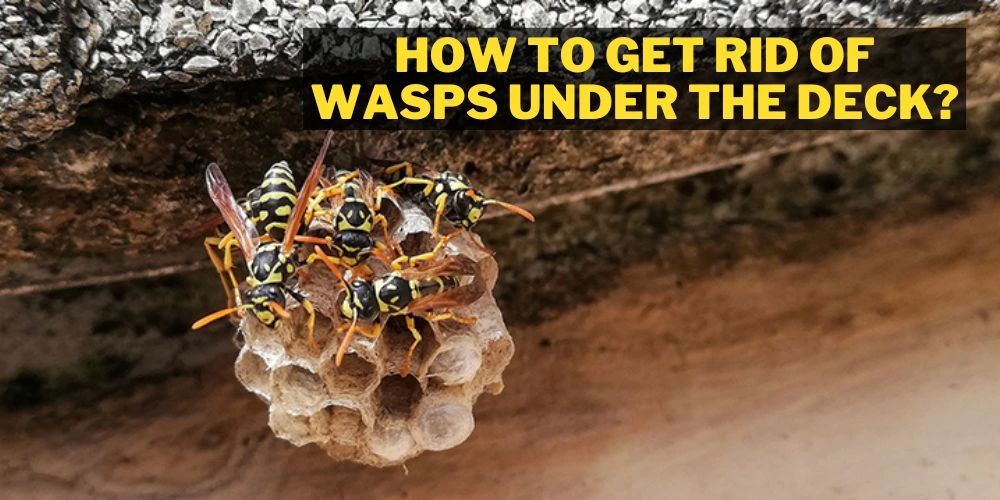Trampolines have a large surface area, making them “potentially” move in strong gusts or, worse, blow onto nearby trees, gardens, or even into railroad tracks. Fortunately, this doesn’t occur very frequently.
This situation typically arises in harsh environments when the region is more exposed and may occur in the case of a lighter, cheaper trampoline.
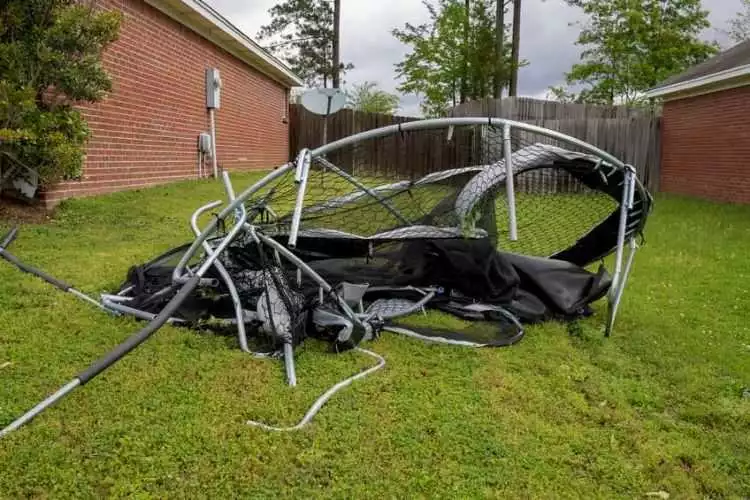
Extreme weather can blow trampolines away, and we’ve all seen footage of this happening. You won’t want to have this happen, agree?
Let us dive in further to understand a few options for keeping a trampoline in your yard secure and from squandering away.
How to keep the trampoline from blowing away?
1. Anchor them to the ground
Using anchors to properly anchor your trampoline in the ground is a dependable and relatively simple approach to ensure that it doesn’t move a centimeter during hurricanes and strong winds.
Depending on your trampoline model, location, and preferences, you can install an anchor in various ways. You can ensure your trampolines don’t leave their ground using either one of the following two ways:
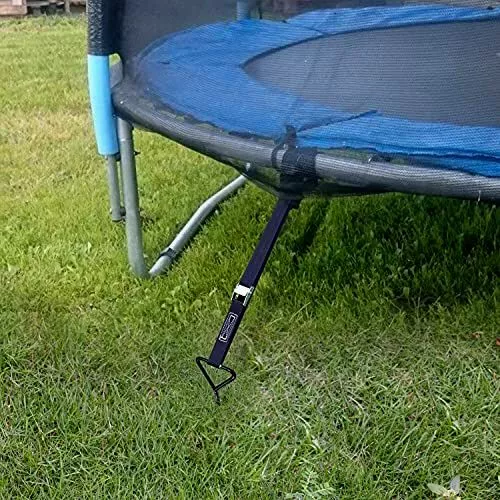
Anchor Kits along with straps
These anchor kits typically include stakes that resemble corkscrews and straps. They offer a practical means of preventing your trampoline from being blown away. High-quality zinc or iron-coated iron is used in the anchors, preventing rust and corrosion and allowing them to last for many years.
They are strong enough to hold and secure a sizable trampoline in place in strong winds. Which of the two anchor kit types you select will primarily depend on the type of trampoline you have.
Anchors in the shape of the letter U
The simplest and least expensive method of anchoring a trampoline is with steel U-shaped anchors. They can be fitted right around the main poles of the trampoline and are simple to attach with a hammer. However, they offer minimal security and won’t help in stormy weather.
Augers
In most cases, anchor kits come with augers, also referred to as corkscrew trampoline anchors. They offer the best chance of stopping trampolines from blowing away because of their shape.
Augers are appropriate for gardens and reasonably easy to set up. They twist into the ground like a corkscrew and have a link at the top where you connect the straps.
This kit includes four sturdy trampoline stakes and anchors. The longevity of the anchor is increased by using galvanized ground screws, which reduce the possibility of rusting and early deterioration.
Metal buckles and firm nylon straps are included in the set. To secure the trampoline, iron corkscrew anchors are buried somewhat deeply in the ground.
This form of anchor kit secures your trampoline in windy weather and is suitable for all trampolines of various designs.
With anchor kits and drills, securing a trampoline is the most reliable approach. However, they cost more than regular wind stakes. Furthermore, installation requires a little more work, but once it has been resolved, you may think of it as completed.
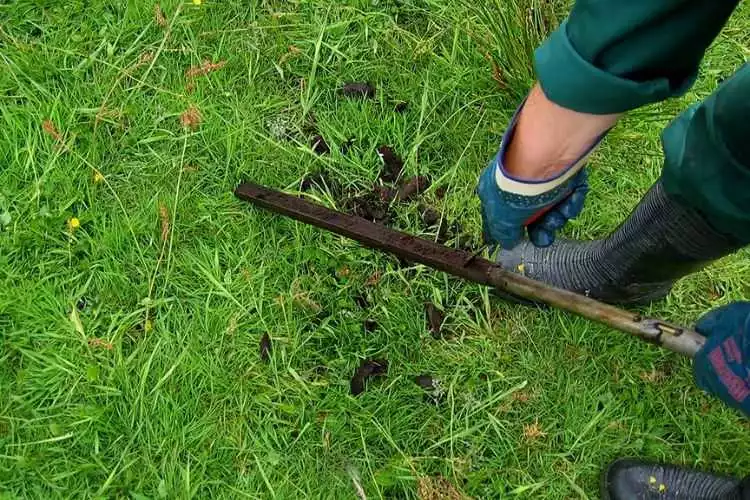
Wind Stakes
Let’s examine Wind Stakes and how they aid in keeping trampolines from being carried away by the wind. Wind stakes are often less complicated than anchor kits. They come in “J” or “U” shapes to aid you in keeping the trampoline anchored to the floor above its legs.
The length varies between 10 to 14 inches, sufficient to go deep in the ground to properly anchor your trampoline. Typically the only item required to install wind stakes is a hammer.
This specific set of wind pegs can be used with trampolines with tube legs up to 2.5 inches in diameter. They become rust-resistant thanks to the galvanised steel’s excellent zinc plate coating.
Since one set comes with eight sturdy U-shaped stakes, it is more economical than some of the other alternatives. To secure the trampoline, a specific set of stakes is positioned for each leg. These wind pegs are easily fastened with the aid of a rubber hammer.
Wind stakes are an affordable, quick and easy way to anchor a trampoline. But they might not be as reliable as anchor kits with augers. There is no need for expensive tools or equipment, and the setup is simple.
2. Adding weight to the trampoline
Don’t give up if aren’t in a position to use anchor kits or wind stakes. To further help anchor the trampoline to the base, you can additionally weigh it down.
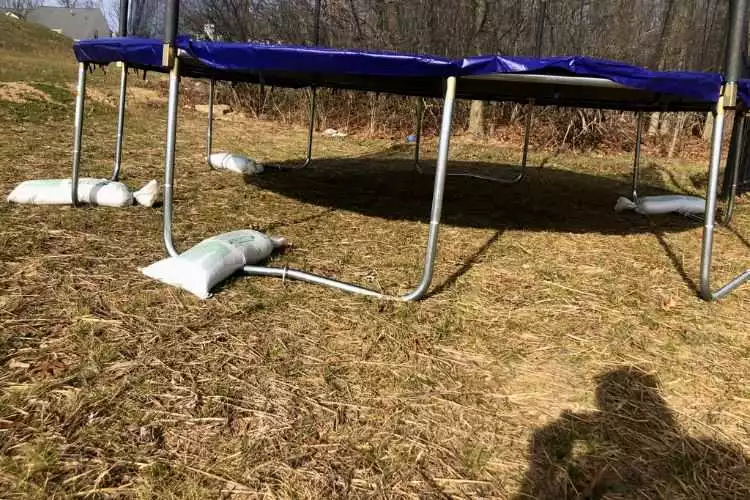
Sandbags
Sandbags are an affordable and efficient way to give a trampoline weight. Sandbags must be placed on the trampoline’s legs so that it won’t move amid hurricanes and severe winds.
If wind stakes or anchor kits are not an option, you can alternatively anchor a trampoline to a surface that resembles concrete using sandbags. More the sandbags on the legs of the trampoline, the more stable your trampoline will be.
Sandbag construction is a straightforward operation, albeit it may take some time. Sand is not required; you can use other readily available materials that can increase weight.
Miscellaneous option
If you don’t have access to sandbags, you can use any other heavy material. Any heavy object will work, even heavy old automobile tires. By fastening a trampoline or other backyard item with them, you can make excellent use of them rather than throwing them away.
I hope now you have a clear idea about how to keep the trampoline from blowing away, let me know if you have any confusion in the comment box.
Other Trampoline Related Articles: Best Trampoline for Teenager 2023 | Oval vs Round Trampoline
Frequently Asked Questions (FAQs)
How powerful of wind must it be to lift a trampoline?
Wind speeds of40 mph may lift the trampoline a few feet. The wind speed required to raise a trampoline varies and relies on the position of the trampoline.
What can I put in a trampoline to make it heavier?
Using sandbags is a simple and effective way to add weight to a trampoline by setting them on the legs of the trampoline. In addition, you can also use old tires and other heavy materials in place of sand.
How can my trampoline be locked?
You can secure a trampoline with a lock to prevent theft. The most typical method of securing a trampoline against theft involves wrapping a chain around one of the trampoline’s legs and a tree before connecting the chains. Ensure that there are no branches over the area where the children will be leaping.
Conclusion
Avoiding your trampoline from blowing away is essential. Naturally, the main reason for this is security. In such cases, wind damage may force you to replace a costly trampoline.
There are a few options to help you secure the trampolines on the ground during hurricane or stormy weather. You can anchor your trampoline using anchor kits, wind stakes, or simply placing sandbags on its legs.

